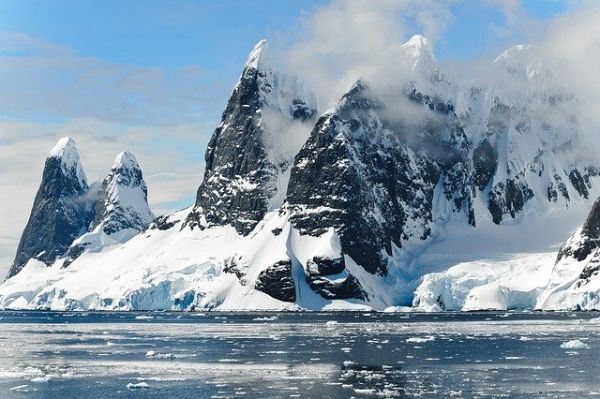Therefore, the bioavailable Fe studies from atmosphere and ocean are of increasing interest in Earth science.
However, the net effects of Fe fluxes on oceanic primary productivity changes in different glacial period remain unclear. Therefore, it is necessary to estimate the reserves and sources of Fe for the Antarctica ice sheet.
During the 33rd Chinese Antarctic Research Expedition, scientists from many universities and institutes, including the Northwest Institute of Eco-Environment and Resources of the Chinese Academy of Sciences, drilled a shallow ice core at the lambert Glacial Basin of the East Antarctica and measured the major ion and metal elements at 5-6 cm resolution in this shallow core.
Continue reading at Chinese Academy of Sciences
Image via Pixabay, CC0 Creative Commons


